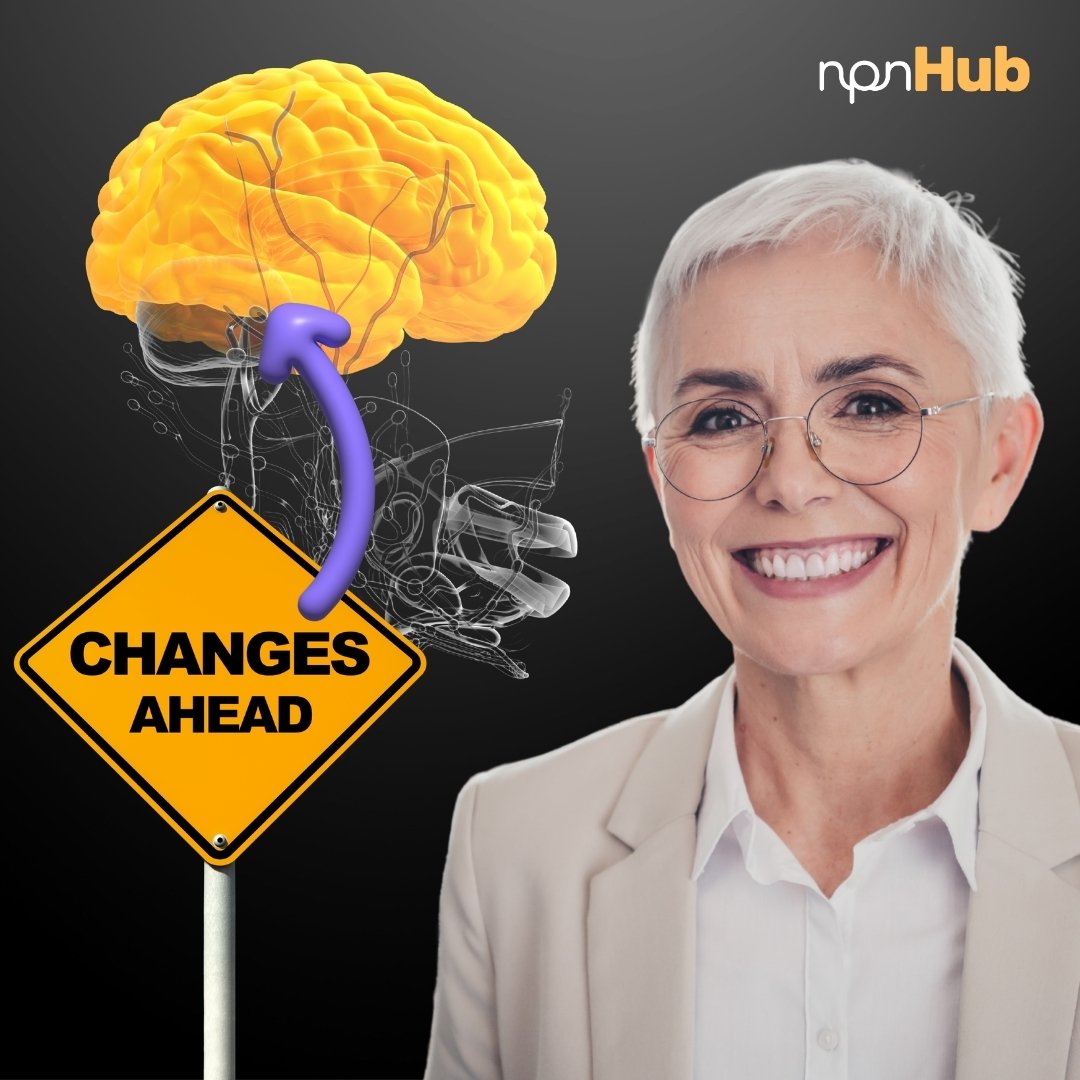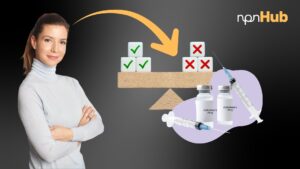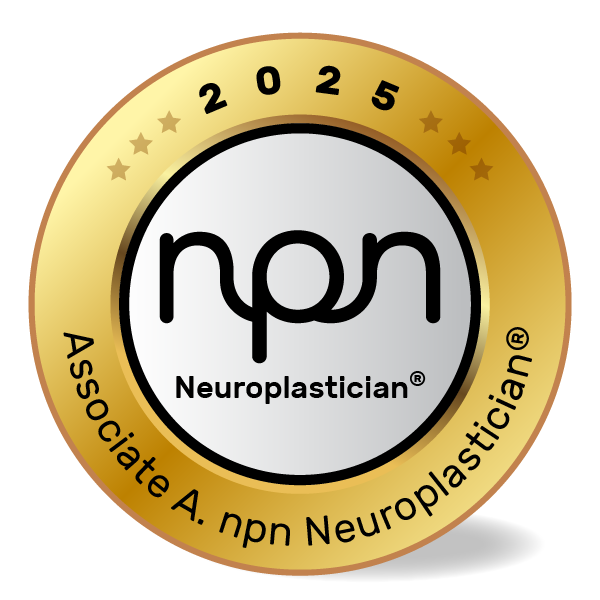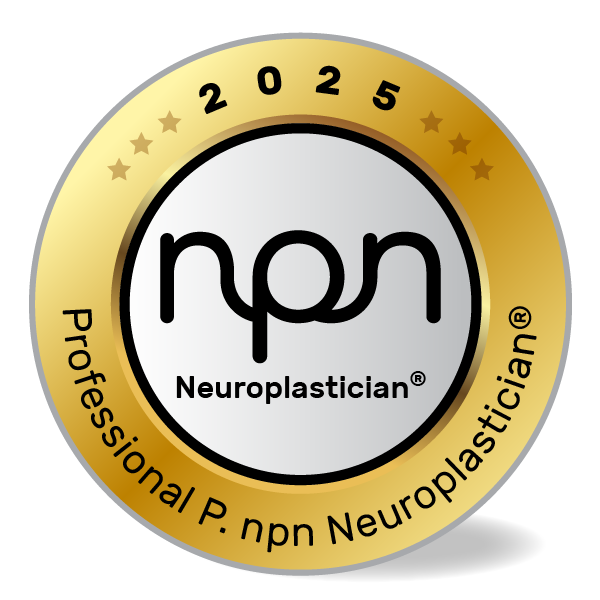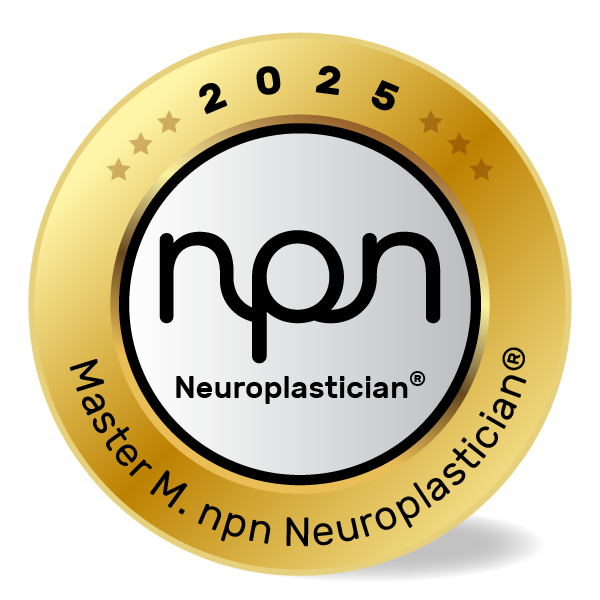How Neuroplasticity rewires your brain at any Age – And why it’s never to late to grow
npnHub Editorial Member: Willem Royaards curated this blog
Key Points
- The brain is constantly rewiring itself through neuroplasticity, even into late adulthood.
- Repeated behaviours shape brain structure, creating stronger or weaker neural pathways.
- Emotional states and mindset can accelerate or inhibit neural change.
- You can “unlearn” habits just as powerfully as you learn them.
- Interventions like mindfulness, movement, and novelty can trigger measurable brain change.
- Practitioners can tailor neuroplastic strategies for learning, healing, and performance.
1. What is Neuroplasticity?
Imagine a coach working with a 62-year-old client who insists she’s “too old to change.” She’s stuck in negative self-talk patterns and avoids learning new skills, convinced her brain has “slowed down.” The coach, familiar with brain science, reassures her: “Actually, your brain is changing right now – just from hearing this conversation.”
This isn’t a metaphor. Neuroplasticity is the brain’s remarkable ability to reorganize itself by forming new neural connections throughout life. It’s what allows stroke patients to regain lost skills, children with learning difficulties to catch up, and adults to adopt new habits after decades of doing things one way.
The science behind this is well-established. Pioneering research from Dr. Michael Merzenich, considered one of the “fathers of neuroplasticity,” demonstrated that targeted brain training can reorganize neural maps at any age (NIH). Harvard studies have also shown that structural brain changes can occur after just 8 weeks of mindfulness training (Harvard Gazette).
This means that the brain isn’t fixed – it’s fluid. And the implications for behavior change, coaching, education, and therapy are profound.
2. The Neuroscience of Change
A neuro-educator once led a resilience program for teens who had experienced trauma. She noticed one student who couldn’t focus in class – but who excelled in rhythm-based movement activities. Instead of trying to “discipline” his behavior, she leaned into this strength. Over time, his prefrontal activity began to improve – measured through EEG – and so did his academic confidence.
This illustrates a key principle: experience reshapes the brain, especially when it involves emotional salience and repeated activation. Neuroplasticity relies on the principle of “Hebbian learning” – neurons that fire together wire together.
When we repeat a thought, behavior, or emotional pattern, it strengthens the connections between neurons. Conversely, unused pathways fade – a process called synaptic pruning. This is mediated by neurotransmitters like dopamine (which rewards novelty and learning) and cortisol (which, when chronic, impairs growth in areas like the hippocampus).
Brain regions involved in neuroplasticity include:
- Prefrontal Cortex (executive function, planning)
- Hippocampus (learning and memory)
- Basal Ganglia (habit formation)
- Anterior Cingulate Cortex (attention and error detection)
Dr. Norman Doidge’s work, especially in The Brain That Changes Itself, has popularized the idea that these mechanisms can be harnessed for recovery and performance at any age (Source).
3. What Neuroscience Practitioners, Neuroplasticians, and Well-being Professionals should know about Brain Change
During a professional development workshop, a group of wellbeing coaches debated whether clients “need willpower or just better habits.” One practitioner asked, “Is it really possible to rewire a lifetime of negative thinking?”
The answer, according to neuroscience, is a resounding yes – but only with intentionality and repetition.
Here’s what professionals must know:
- The brain changes through focused, repeated effort.
- Emotional engagement accelerates learning.
- Change must be personally meaningful to stick.
However, many myths persist:
- Myth: You can’t change your brain after a certain age.
- Myth: Intelligence and personality are fixed traits.
- Myth: Neuroplasticity happens automatically without effort.
The truth is, neuroplasticity is always happening, but it’s your job as a practitioner to guide it in the right direction.
Common Questions Professionals Encounter:
- How long does it take for the brain to form new habits?
- Can trauma “lock in” negative neural patterns, and how do we reverse them?
- How do I measure or validate that neuroplastic change has occurred?
Research from Stanford’s Mind & Body Lab and the work of Dr. Richard Davidson at the University of Wisconsin support the idea that mental training can produce structural and functional changes in the brain (Davidson & McEwen, 2012).
4. How Brain Change affects Neuroplasticity
Repeated experiences create long-lasting changes in synaptic strength. This is the foundation of learning, habit formation, emotional processing, and even healing from trauma. When a client repeatedly engages in a new behaviour – whether it’s journaling, movement, or focused attention – their brain begins to lay down new circuits.
However, not all neuroplastic change is positive. Rumination strengthens the brain’s default mode network and can increase anxiety. Repeated stress can thicken the amygdala and impair prefrontal regulation. This means that neuroplasticity is neutral – it follows where attention and repetition go.
One study from the University of Oregon by Dr. Helen Neville found that early interventions could shape attention networks even in children with developmental delays – proving that neuroplasticity is not limited by initial conditions (source).
For professionals, this underscores a core principle: whatever we practice, we become. Direct your clients to practice wisely.
5. Neuroscience-Backed Interventions to improve Brain Change
Why Behavioral Interventions matter
Many clients believe that they’re “stuck” in habits, identities, or behaviors that feel immutable. Practitioners often face the challenge of breaking through this learned helplessness. But the truth is: you can train the brain to rewire itself with the right behavioral strategies.
Let’s explore key interventions that harness neuroplasticity in daily practice.
1. Mindful Focus Training
Concept: Focused attention activates the prefrontal cortex and reduces default mode activity, increasing cognitive control (Tang et al., 2015).
Example: A coach helps a client use 10-minute mindfulness sessions to increase focus before emotionally charged meetings.
Intervention:
- Begin with 2–5 minutes of breath-focused attention daily.
- Gradually increase duration as comfort builds.
- Use apps like Headspace or Calm to build consistency.
- Reflect weekly on changes in thought clarity or emotional control.
2. Pattern Interrupts
Concept: Introducing novelty disrupts habitual neural firing patterns, allowing for rewiring opportunities (Hebb, 1949; Merzenich, 2013).
Example: An educator helps students with rigid routines by incorporating surprise challenges into lessons.
Intervention:
- Change task formats weekly.
- Encourage clients to take a different route to work or brush with the opposite hand.
- Reflect on emotional reactions to novelty to build cognitive flexibility.
3. Visualization for Habit Rewiring
Concept: Mental rehearsal activates motor and prefrontal regions, reinforcing circuits as if the task were done physically (Decety, 1996).
Example: A neuroplastician guides a client through mental rehearsals of a difficult conversation, reducing anxiety and improving performance.
Intervention:
- Use vivid, multisensory detail in visualization.
- Repeat rehearsals daily before engaging in the real-life task.
- Track how anxiety or confidence changes over time.
4. Emotional Anchoring
Concept: Emotionally charged experiences are more likely to result in lasting neural changes (LeDoux, 1998).
Example: A wellbeing coach asks clients to pair gratitude reflections with calming music to create positive emotional associations.
Intervention:
- Pair positive emotions with routine behaviors (e.g., gratitude journaling after meals).
- Use music or smell to anchor states.
- Reflect on shifts in mood or outlook over 2–3 weeks.
Key Takeaways
Your brain is not a hard-wired machine. It is an adaptable, dynamic organ that rewires based on what you do, feel, think, and repeat. This is great news – especially for those working in coaching, education, or therapy. With the right strategies, every brain can change.
🔹 Neuroplasticity proves it’s never too late to learn or grow.
🔹 Repetition and emotional engagement drive brain change.
🔹 Habits can be reprogrammed through focused attention and novelty.
🔹 Science-backed interventions help practitioners guide lasting transformation.
🔹 The brain follows where we lead – so lead with intention.
References
- Merzenich, M. (2013). Soft-Wired: How the New Science of Brain Plasticity Can Change Your Life. Parnassus. https://lindagraham-mft.net/soft-wired-how-the-new-science-of-brain-plasticity-can-change-your-life/
- Tang, Y. Y., Hölzel, B. K., & Posner, M. I. (2015). The neuroscience of mindfulness meditation. Nature Reviews Neuroscience, 16(4), 213–225.https://pubmed.ncbi.nlm.nih.gov/25783612/
- LeDoux, J. E. (1998). The Emotional Brain: The Mysterious Underpinnings of Emotional Life. Simon & Schuster. https://www.simonandschuster.com/books/The-Emotional-Brain/Joseph-Ledoux/9780684836591
- Decety, J. (1996). Do imagined and executed actions share the same neural substrate? Cognitive Brain Research, 3(2), 87–93.https://pubmed.ncbi.nlm.nih.gov/8713549/
- Davidson, R. J., & McEwen, B. S. (2012). Social influences on neuroplasticity: Stress and interventions to promote well-being. Nature Neuroscience, 15(5), 689–695.https://pmc.ncbi.nlm.nih.gov/articles/PMC3491815/
- Harvard Gazette. (2011). Eight weeks to a better brain.https://news.harvard.edu/gazette/story/2011/01/eight-weeks-to-a-better-brain/

